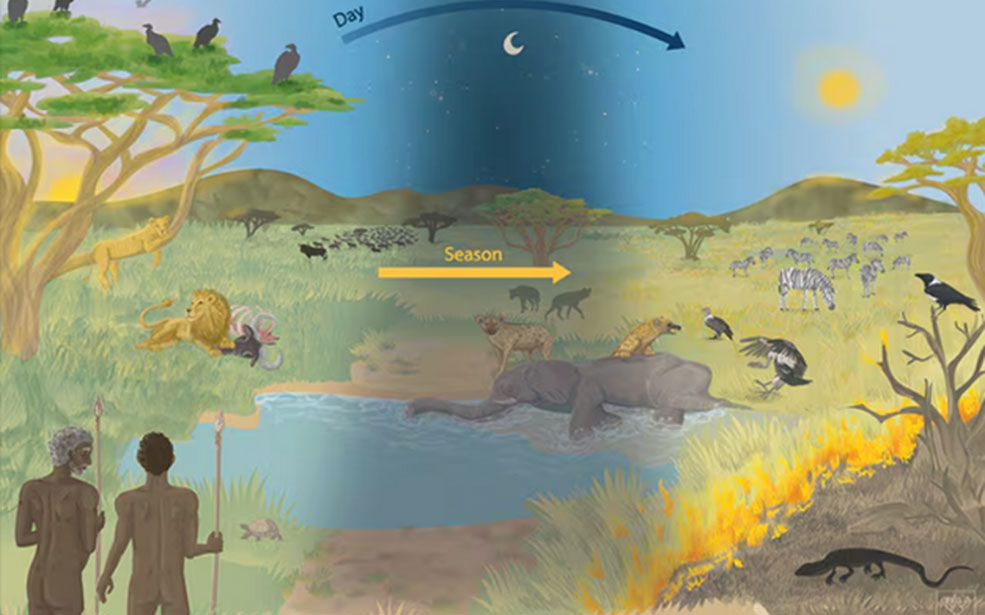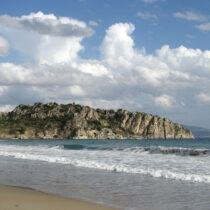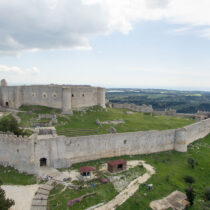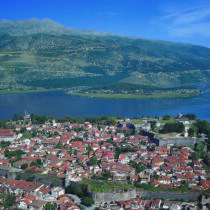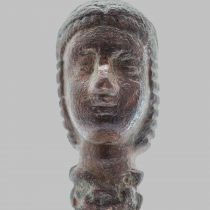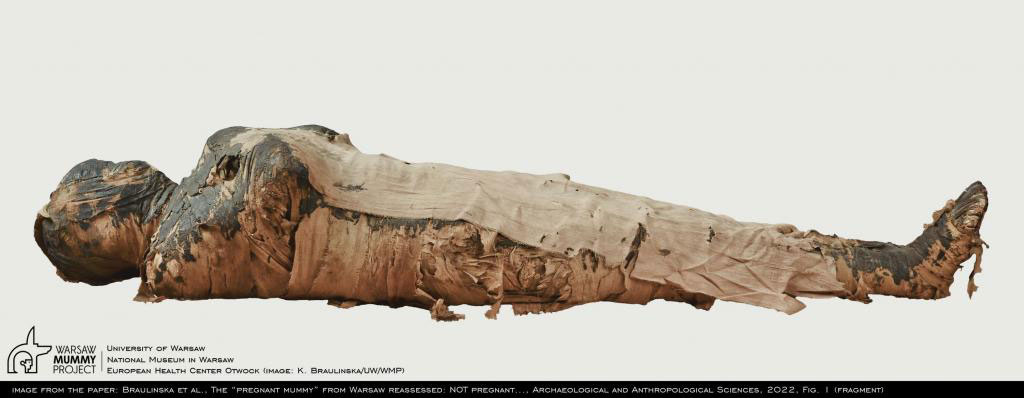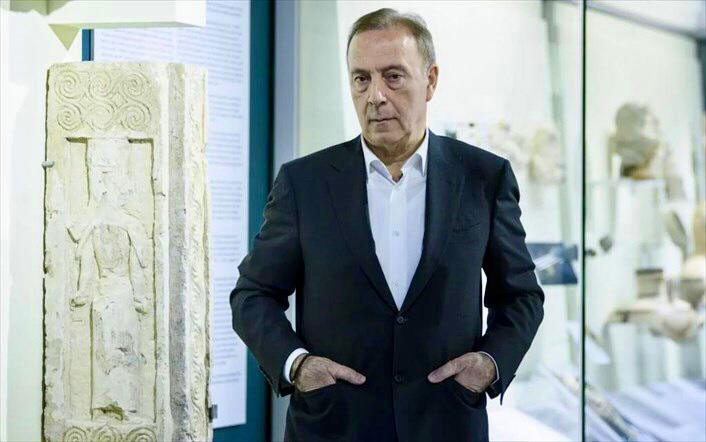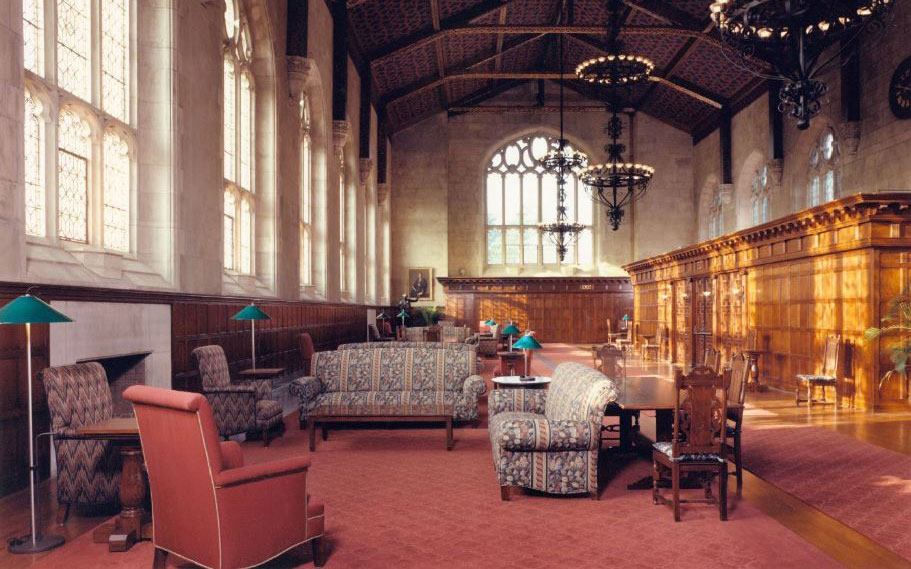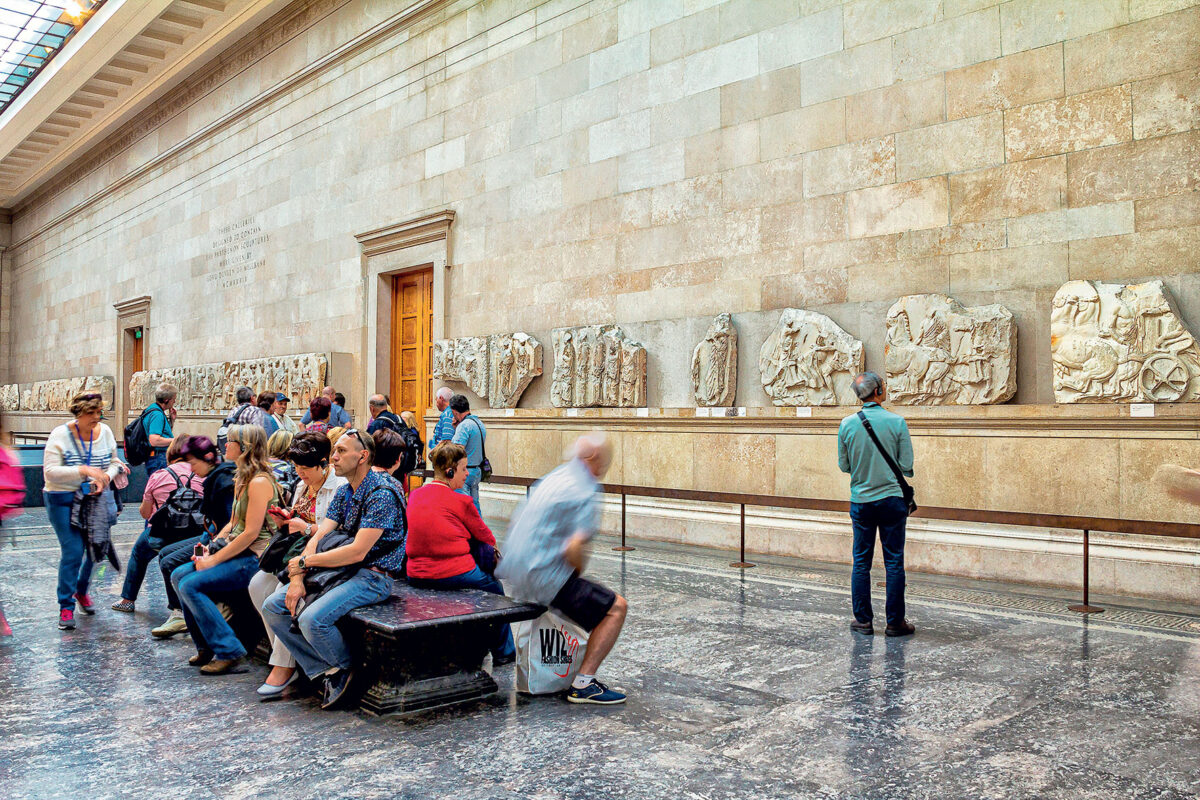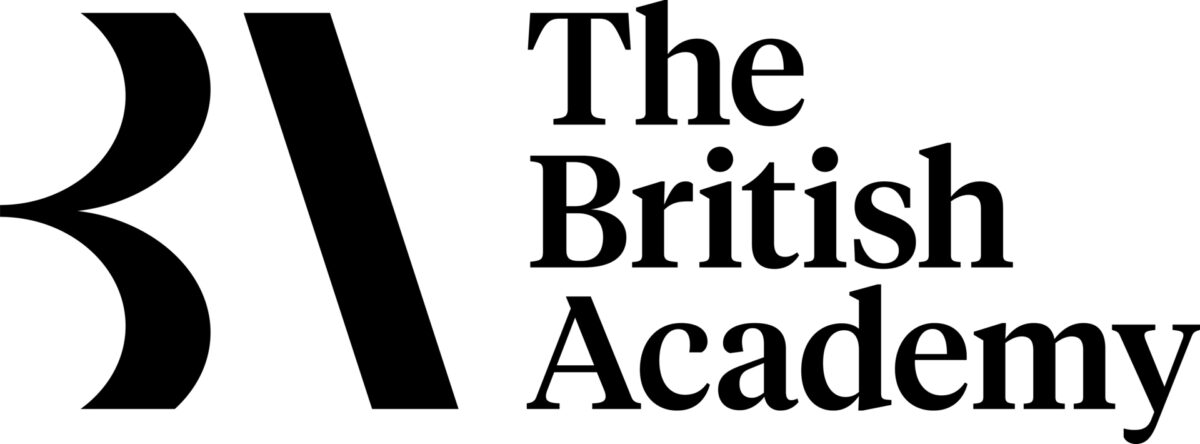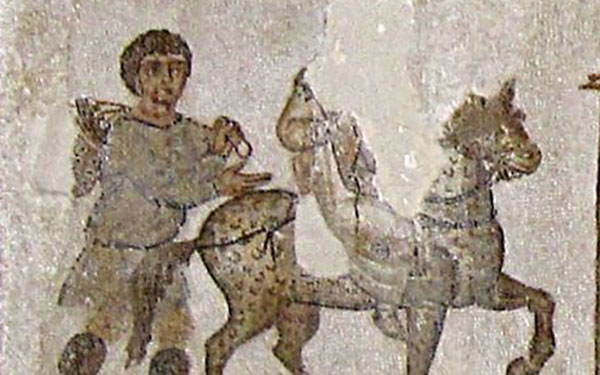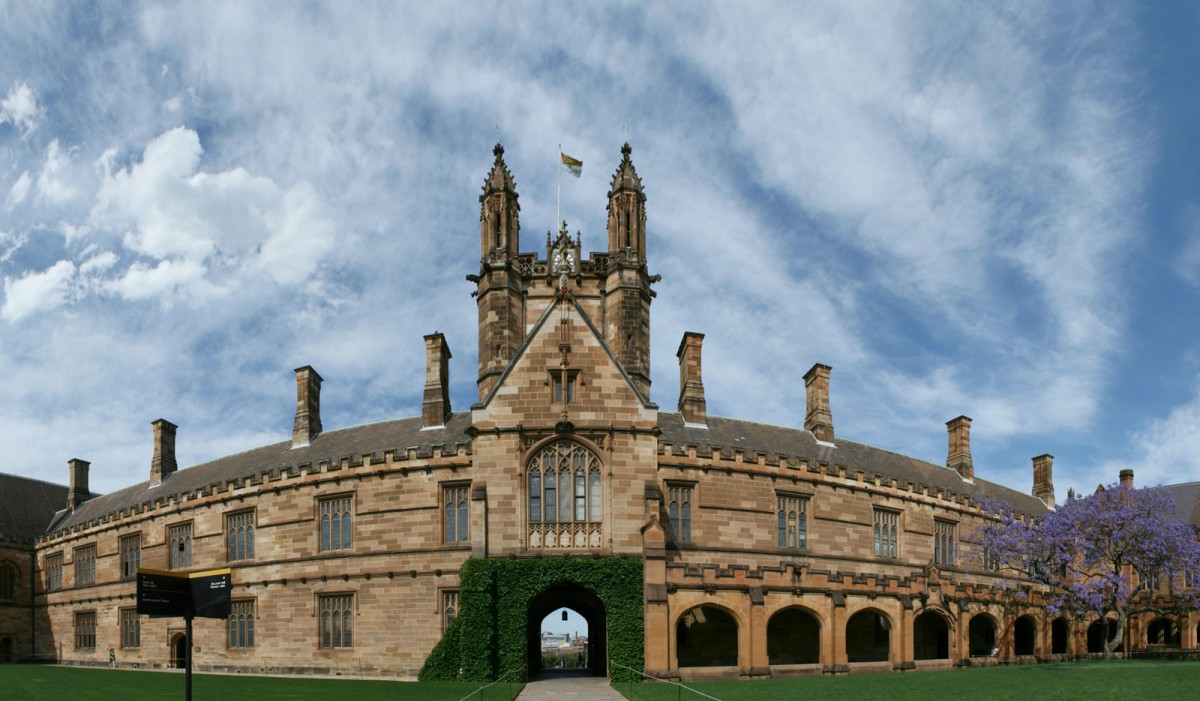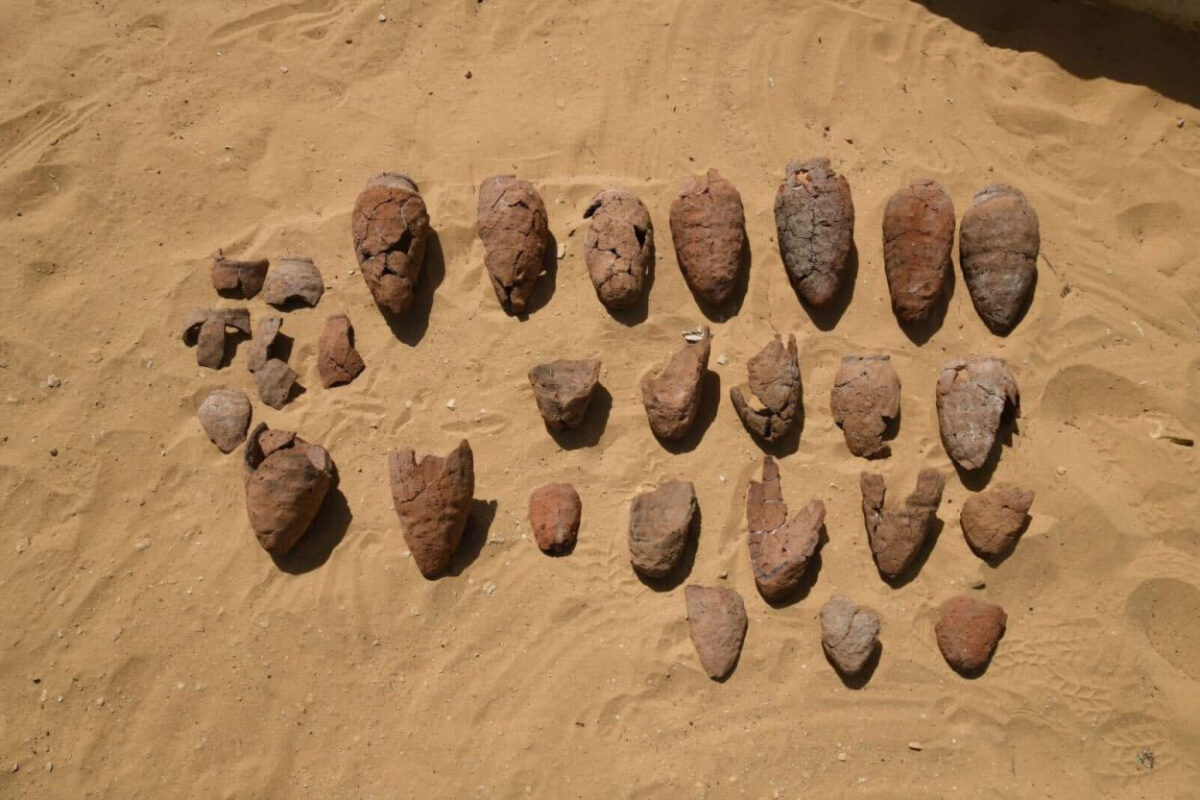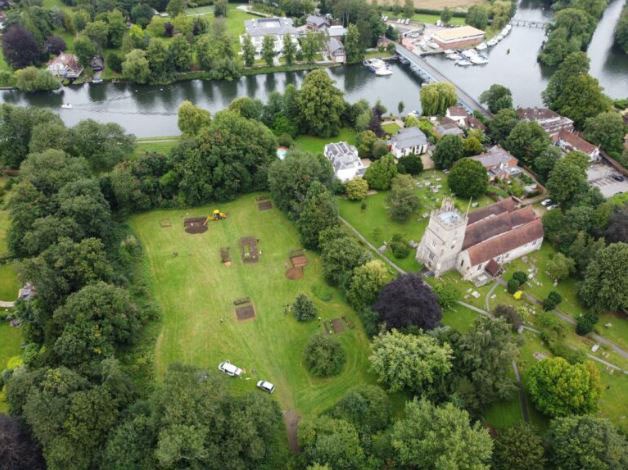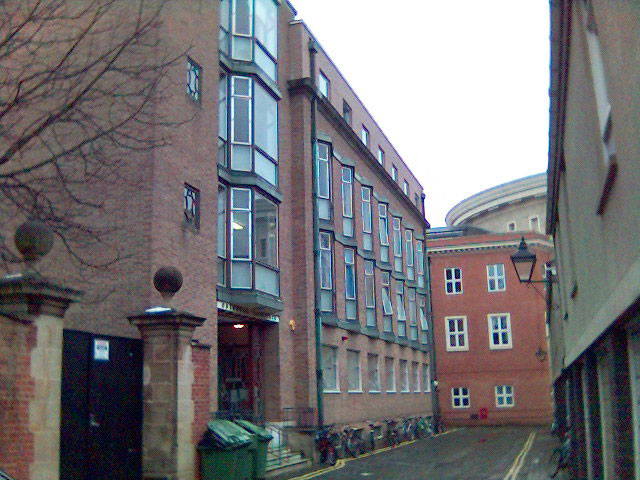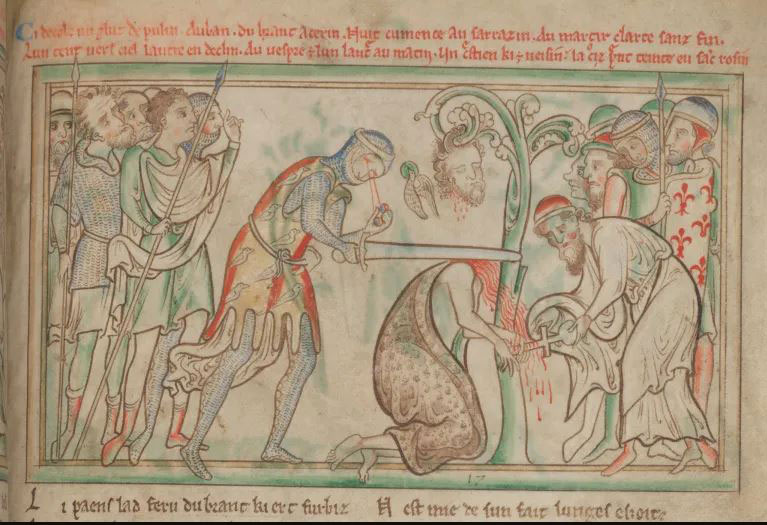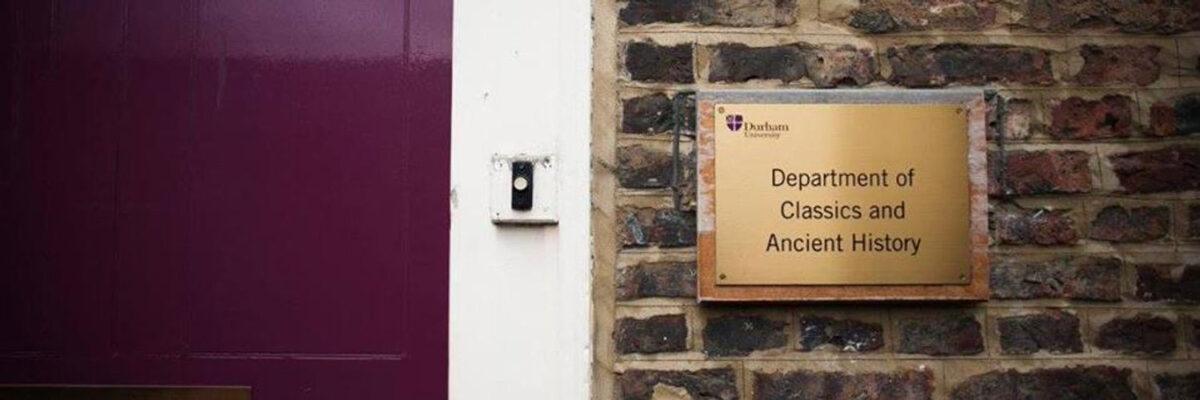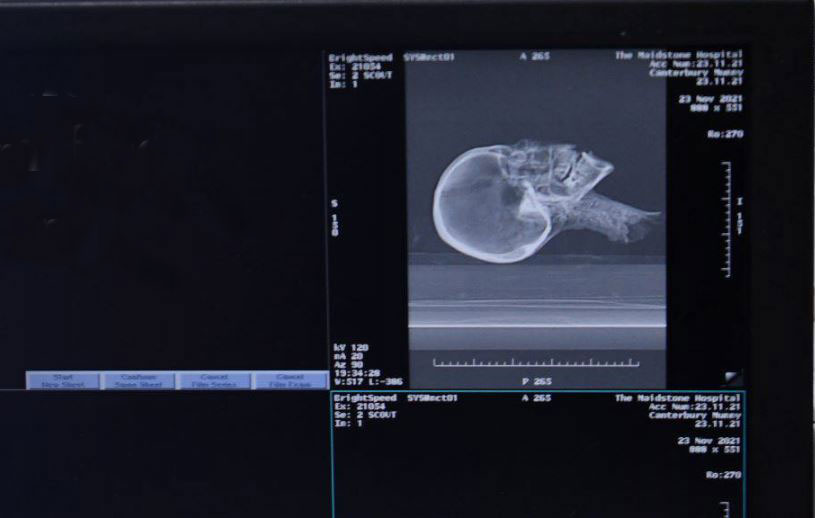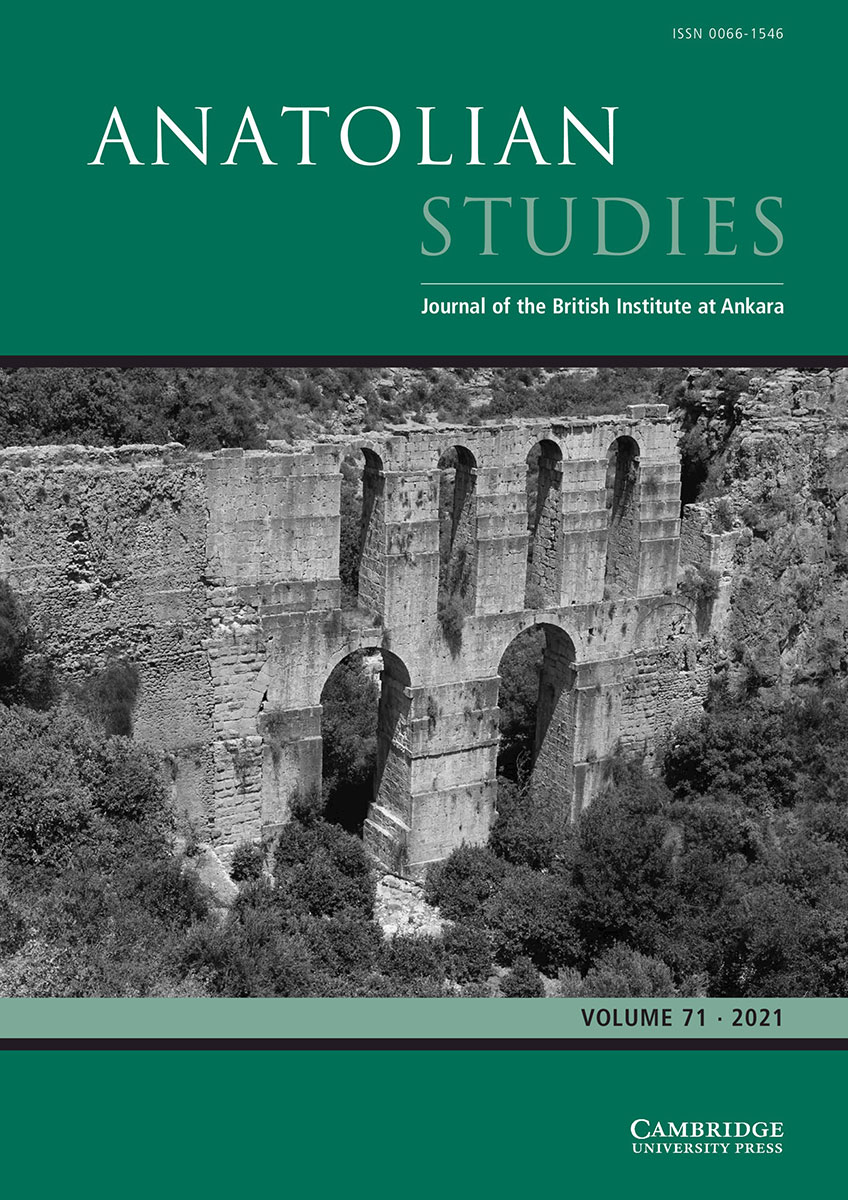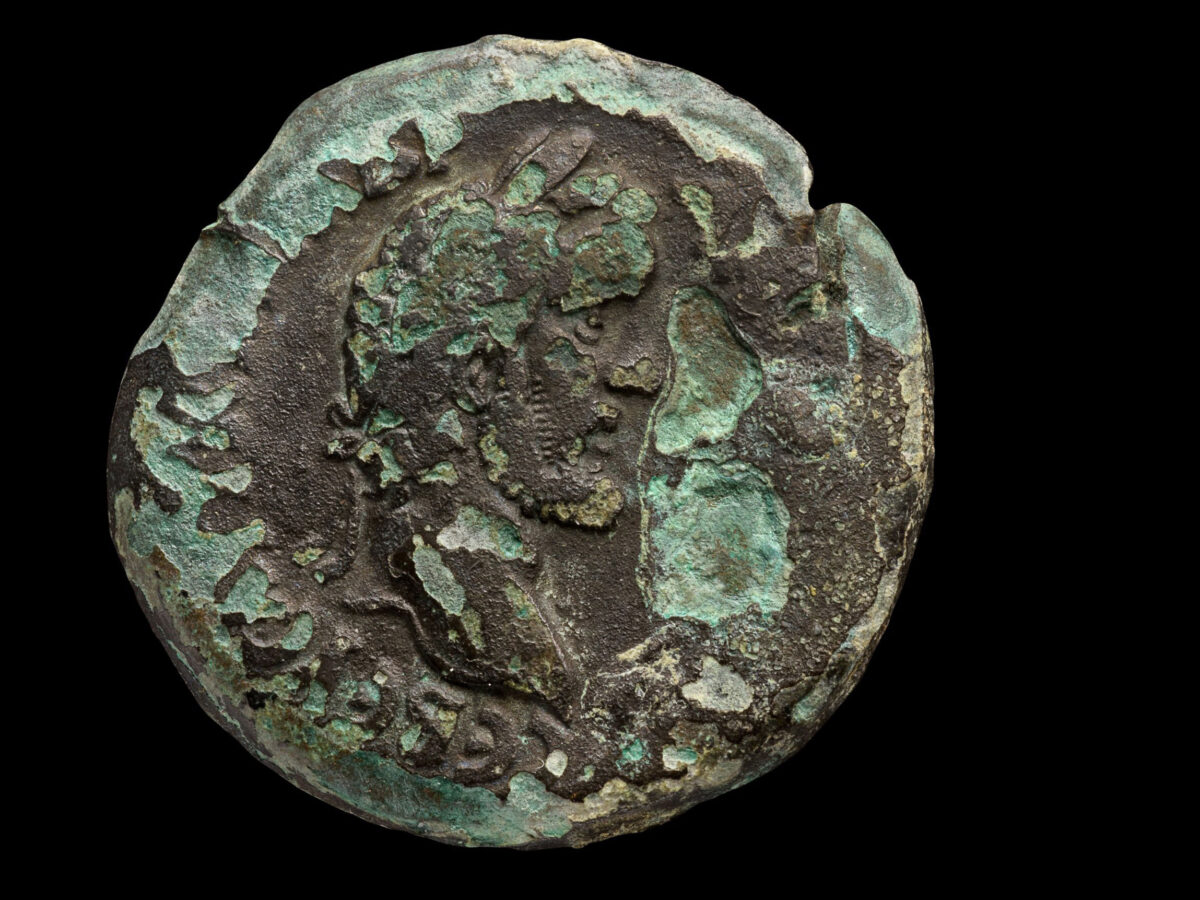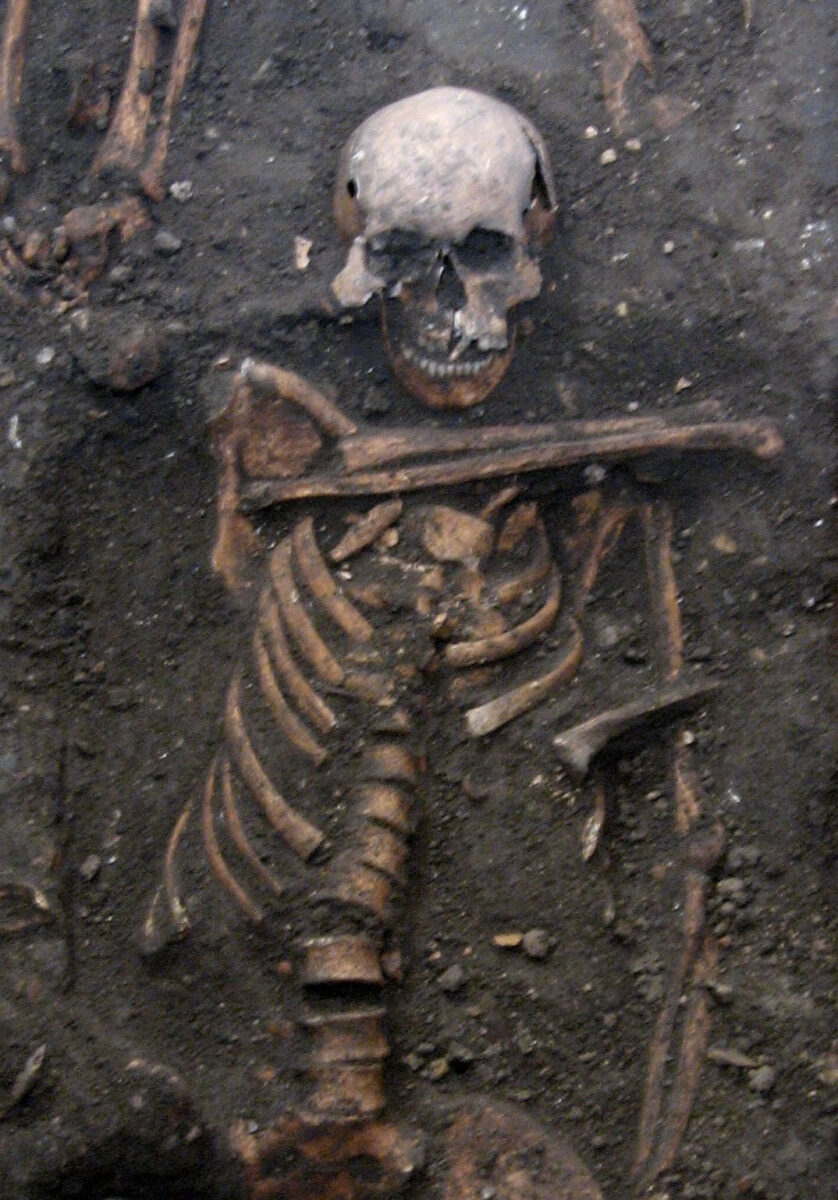Gerald Averay Wainwright Post-doctoral Research Fellowship
The Fellow will carry out research addressing the archaeology of any period of the human past apart from that of Classical Antiquity.
The “pregnant mummy” from Warsaw reassessed: Not pregnant
The case of the first “pregnant ancient Egyptian mummy”, as published by Ejsmond et al. (2021), has raised doubts regarding their conclusions unsupported by (paleo)radiological expertise.
The reunification of the Parthenon marbles is a universal request
When the Parthenon Sculptures were purchased by the English government in 1816, 30 members of the British Parliament were against this acquisition, he pointed out.
Managing editor of Bryn Mawr Classical Review
Bryn Mawr Commentaries, a not-for-profit publisher in Bryn Mawr, PA, seeks a managing editor (ME) for its open-access online journal of book reviews.
Cambridge supports Nigeria’s claim for return of Benin artefacts
The University of Cambridge is supporting a claim for the return to Nigeria of 116 objects currently held in the University’s Museum of Archaeology and Anthropology (MAA) collections.
British Museum: A “partnership” regarding the Parthenon marbles
In an interview with the Sunday Times culture magazine deputy director of the British Museum, Jonathan Williams, said that the Museum is ready to find a solution with Greece.
King’s College, London: British Academy Postdoctoral Fellowships
The Department of Classics at King’s College London is pleased to support applicants in the 2022/2023 round of the British Academy Postdoctoral Fellowship scheme.
Post-Doc resident Fellowship for 2023/24 at University of Hamburg
The Center for Advanced Study "RomanIslam Center" invites applications for Resident fellowships (Post Doc).
University of Sydney Research Seminar Series
The Department of Classics and Ancient History of the University of Sydney cordially invites all to attend its research seminar series.
The brains of Neanderthals developed differently from those of modern humans
After the ancestors of modern humans split from those of Neanderthals and Denisovans, about one hundred amino acids changed in modern humans.
British Academy postdoctoral fellowships at the University of Nottingham
The Department of Classics & Archaeology and the CSPS welcome applications from applicants to the BA’s Postdoctoral Fellowship Scheme.
Another Sun Temple discovered at Abu Gurob?
So far, two out of six recorded Sun Temples have been located and excavated, one commissioned by Niuserre at Abu Gurob and another by Userkaf in Abusir. The newly discovered temple might be the third one.
England’s lost queen: new hunt for clues at Saxon abbey
Archaeologists have begun a new project to reveal the secrets of one of Britain’s most powerful Anglo-Saxon queens and the monastery which she presided over, in a new three-year dig in Cookham, Berkshire.
Gerald Averay Wainwright Post-doctoral Research Fellowship
The primary emphasis is on completion of a significant piece of publishable research and/or the preparation of postdoctoral grant applications in the non-classical archaeology.
Stabilities and Instabilities in the Hellenistic World
The conference will be held on 17–18 November 2022 online and at the Lampeter Campus of the University of Wales, Trinity St David.
International Training School in “The Epigraphic Text: from Context to Meaning”
The International Training School in "The Epigraphic Text: from Context to Meaning" will be held on 5th-9th September 2022, online.
One of the world’s finest medieval manuscripts digitised
The Library of Trinity College Dublin makes a 13th century masterpiece globally accessible, by fully digitising it.
Postdoctoral research assistant, Durham University
The aim of this project is to ask how and why Aristotle has made cultural appearances outside university circles in England, Scotland, Ireland and Wales.
Ancient Egyptian mummified head scanned at Maidstone Hospital
An ancient mummified Egyptian head has been examined using a computed tomography (CT) scanner at Maidstone Hospital with the aim to reveal and reconstruct the hidden history of the individual.
Octopus lures from the Marianas are the oldest in the world
A University of Guam archaeological study has determined that cowrie-shell artifacts found throughout the Marianas were lures used for hunting octopuses.
A Lord’s Prayer inscription from Amorium
This article presents an analytical study of a rare example of the text of the Lord’s Prayer inscribed on an early Byzantine ceramic plate.
Spectacular rare coin depicting the moon goddess
An exceptionally well-preserved spectacular rare bronze coin was recently recovered from the seabed off the Carmel coast at Haifa.
Prehistoric roots of ‘cold sore’ virus traced through ancient herpes DNA
Ancient genomes from the herpes virus have been uncovered and sequenced for the first time by an international team of scientists.
Beaver fur in Danish high-status Viking Age burials
Fur from six Danish high status graves dated to the Viking Age was analysed by aDNA and palaeoproteomics methods.
